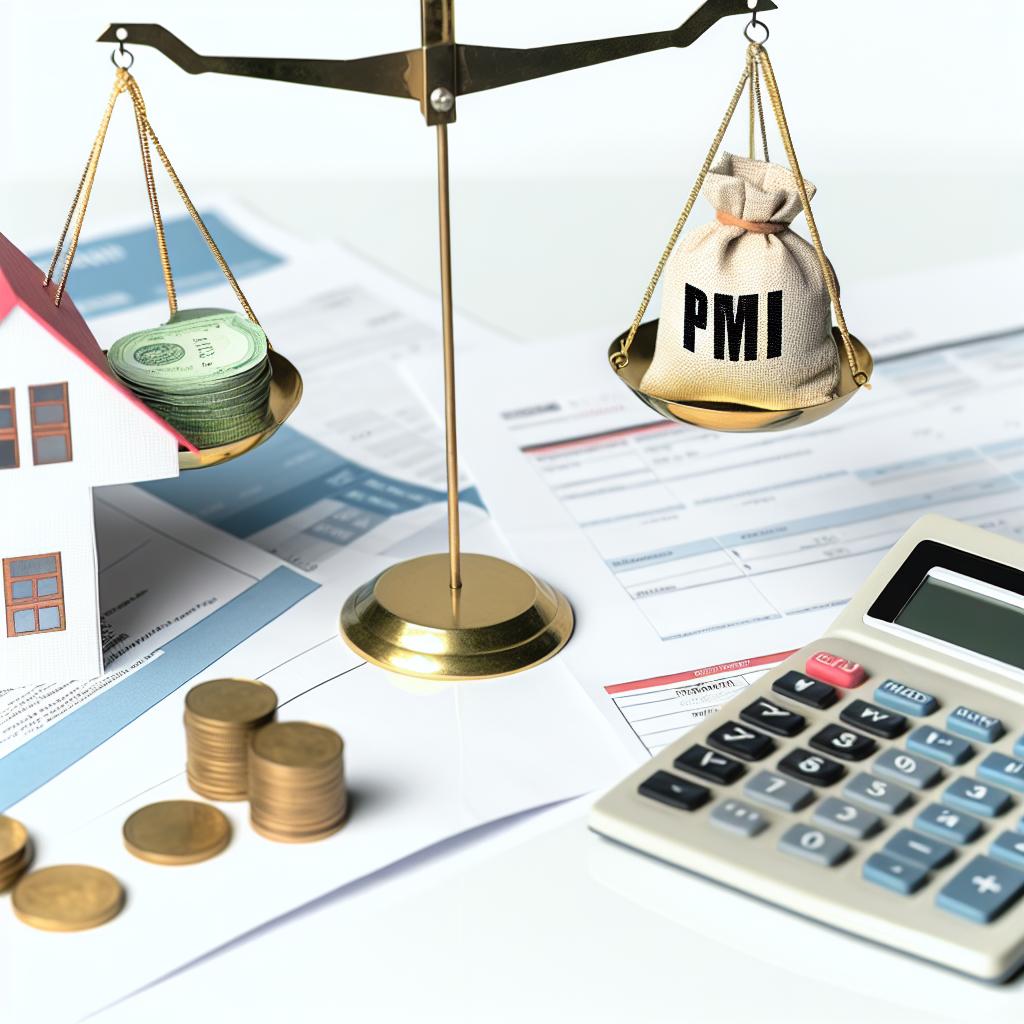
Private Mortgage Insurance, known as PMI, plays a significant role in the realm of home loans, particularly for borrowers looking for conventional mortgage options. PMI is primarily designed to protect lenders against financial loss in the event of a borrower defaulting on their mortgage payments. Although beneficial from the lender’s perspective, PMI poses an additional cost to the borrower, being incorporated into the monthly mortgage payments. Understanding the intricacies of PMI can be pivotal when navigating the homebuying process, especially for those considering a down payment of less than 20%.
In the process of securing a mortgage, PMI becomes a necessity if the down payment made by the homebuyer falls below 20% of the total purchase price of the property. This situation is viewed as higher risk by lenders since the borrower is investing less of their own money upfront. Consequently, PMI serves as a financial cushion for lenders, safeguarding them from potential losses if a borrower defaults. The reassurance this protection provides allows lenders to offer loans even to those unable to meet the 20% down payment threshold.
PMI can significantly influence a borrower’s monthly financial obligations. The cost of PMI is usually folded into the monthly mortgage payments, with its amount dictated by various determinants such as the size of the down payment, the total loan amount, and the borrower’s credit score. On average, PMI expenses range from 0.3% to 1.5% of the original loan amount on an annual basis. It is noteworthy that the perceived riskier a borrower is, the higher the cost of PMI. Therefore, maintaining a robust credit score and understanding the impact of the loan amount and down payment on PMI can be invaluable.
Borrowers keen on avoiding PMI have a few strategies to consider, each with its pros and cons:
Larger Down Payment: The most straightforward approach is saving enough to make at least a 20% down payment. By reaching this level, borrowers can bypass the need for PMI altogether.
Combination Loans: Another option is deploying a “piggyback loan,” where a second loan is used to cover a portion of the down payment. This setup typically involves an 80/10/10 structure — 80% primary mortgage, 10% secondary mortgage, and 10% down payment.
Lender-Paid PMI: Some lenders provide the option of lender-paid PMI, which involves the lender covering the PMI cost in exchange for a higher interest rate on the mortgage. This arrangement might be more cost-effective over the life of the loan but requires careful consideration of the various factors, including the length of time you plan to stay in the home.
Termination of PMI is an anticipated milestone for many borrowers. According to the Homeowners Protection Act, PMI is set for automatic removal when the borrower reaches 22% equity in the home, calculated based on the original purchase price, provided the mortgage is current. Borrowers might also seek to terminate PMI at 20% equity, though this requires a formal request and is contingent on factors such as payment history and property appraisal confirming the equity status.
Deciding whether to take on PMI is a complex decision, involving a comprehensive evaluation of one’s financial situation and long-term homeownership goals. For many, PMI provides the opportunity to enter the housing market sooner with a smaller initial financial commitment. However, others might find the additional cost prohibitive and prefer to save for a larger down payment. It’s crucial to assess the immediate benefits of homeownership against the expense of PMI, potentially with guidance from a financial advisor or mortgage professional.
For most prospective homebuyers, understanding PMI’s intricacies is an essential step in the journey towards securing a home loan. By doing so, borrowers can explore solutions best aligned with their financial plans and homeownership objectives. For further information on purchasing a home or understanding mortgage terms, consider visiting resources such as the Consumer Financial Protection Bureau.
This article was last updated on: February 17, 2025